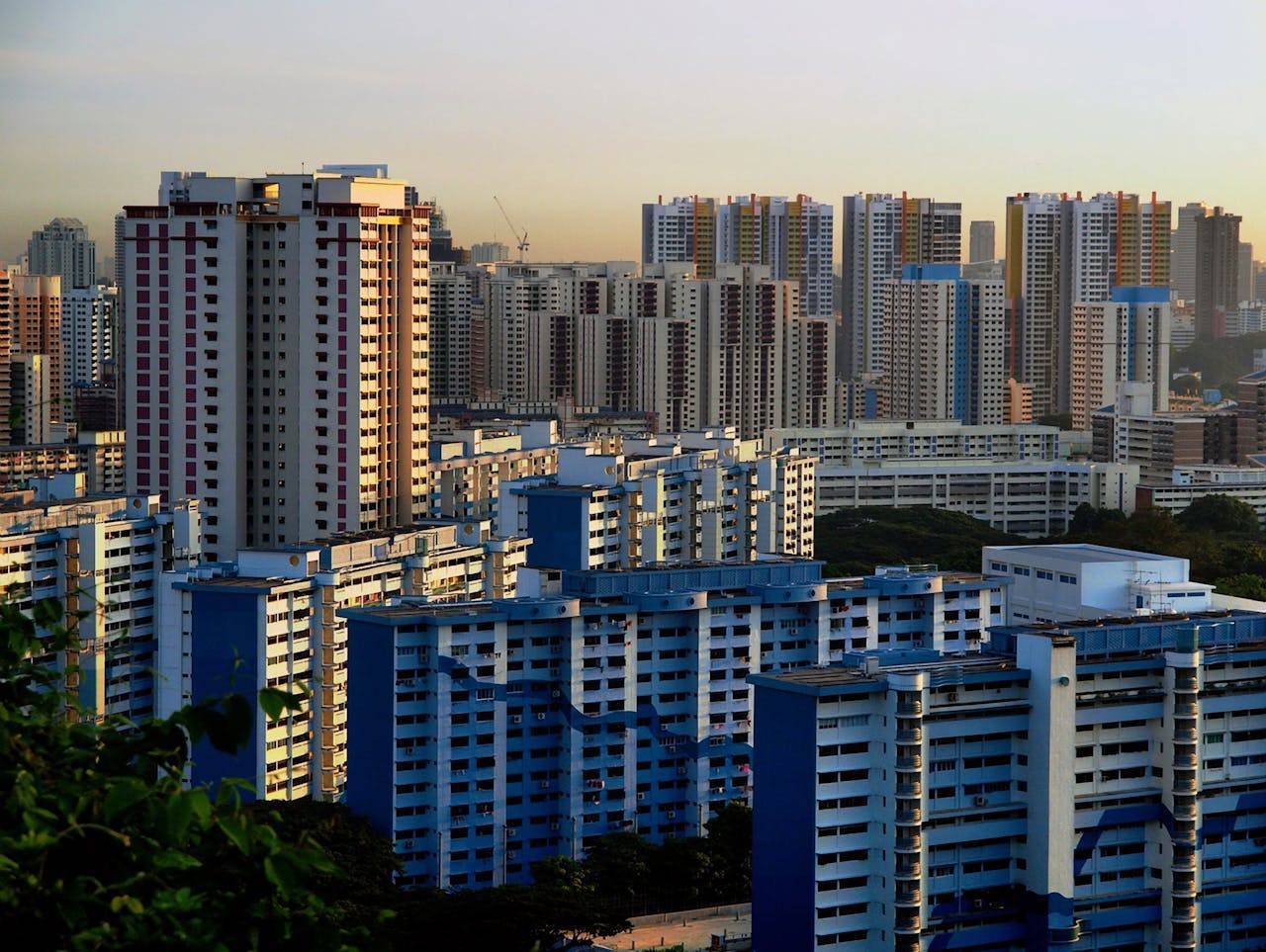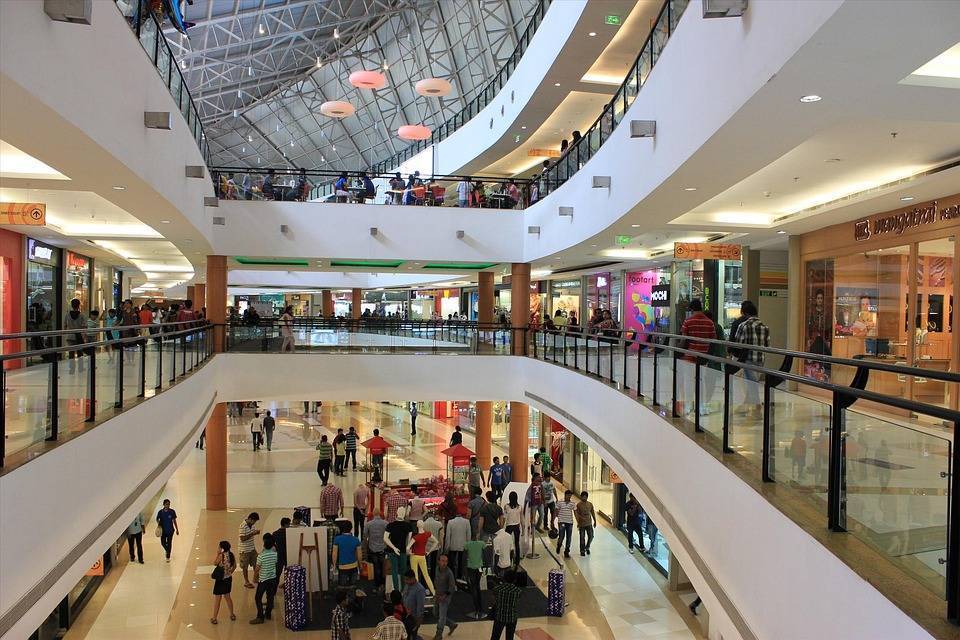The housing market in India’s top seven cities faced a noticeable slump in Q3 2024, as sales fell by 11% compared to the same period last year. This drop has been attributed to multiple factors, including high property prices and seasonal challenges like the monsoon and traditional shraad period. Despite this dip in sales, certain cities like Mumbai, Bengaluru, Delhi-NCR, and Chennai remained resilient in terms of new supply, while others saw a significant drop in fresh launches.
Housing Sales: A Decline of 11%
According to a recent report by property consultancy firm Anarock, the July-September quarter of 2024 saw 1,07,060 housing units sold across India’s top seven real estate markets. This marked an 11% decline compared to the same period in 2023, when around 1,20,290 units were sold. Despite this overall decline, the Mumbai Metropolitan Region (MMR) and Pune continued to lead the pack, accounting for over 50% of total sales. MMR recorded the highest number of sales at approximately 36,190 units, while Pune followed with about 19,050 units sold.
Decline in New Supply and Inventory Levels
The overall housing supply in Q3 2024 also experienced a sharp fall. A total of 93,750 units were launched during this period, a 19% decrease compared to the 1,16,220 units launched in Q3 2023. On a quarterly basis, the decline in fresh supply was even more pronounced, with a 20% reduction compared to Q2 2024. This dip in new launches is notable because it marks the first time the total supply has fallen below the 1 lakh mark since the January-March quarter of 2023.
Despite the slowdown in fresh launches, the available inventory across these markets saw a marginal reduction. By the end of Q3 2024, the total unsold inventory stood at approximately 5,64,415 units, a 2% decline from the previous quarter and an 8% drop on an annual basis. This indicates that while new supply has slowed down, housing demand continues to outpace the number of new units hitting the market, helping clear some of the existing backlog.
Factors Influencing the Market
Several key factors contributed to the slowdown in housing sales and new launches during Q3 2024. Typically, this quarter sees a decline in housing demand due to seasonal influences, including the monsoon and the shraad period. Many Indian homebuyers tend to defer their purchasing decisions during this time, which further suppresses demand. Despite the dip in sales, the demand-supply balance in the market remains healthy, with sales continuing to outpace new launches.
Additionally, rising construction input costs have significantly impacted the housing market. These escalating costs, combined with robust sales growth in previous quarters, have led to a notable increase in property prices. On average, residential property prices across India’s top seven cities have surged by 23% year-on-year. For example, the average price in Q3 2023 was ₹6,800 per square foot, which has risen to ₹8,390 per square foot in Q3 2024, reflecting a 4% increase from the previous quarter. This upward trend in prices is creating a challenging environment for potential buyers, as high costs continue to dampen demand despite the underlying market strength.
Breakdown by City: Mumbai, Bengaluru, Delhi-NCR Lead the Market
1. Mumbai Metropolitan Region (MMR):
- Sales: 36,190 units sold, highest among all cities.
- New Supply: 29,615 units launched, a 33% quarterly decline and 18% yearly decrease.
- Segment Focus: Majority of new launches in ₹40 lakh to ₹2.5 crore price range.
2. Pune:
- Sales: 19,050 units sold, second-highest after MMR.
- New Supply: Around 9,150 units launched in Q3 2024, a sharp decrease from previous quarters.
- Segment Focus: Mid-range homes priced between ₹40 lakh and ₹1.5 crore.
3. Bengaluru:
- Sales: 15,025 units sold.
- New Supply: 15,915 units launched, a 7% yearly increase, but a 1% decline from the previous quarter.
- Segment Focus: 87% of new launches in mid and upper-mid segments (₹40 lakh to ₹1.5 crore).
4. Delhi-NCR:
- Sales: 15,570 units sold.
- New Supply: 14,130 units launched, reflecting a 53% year-on-year growth.
- Segment Focus: Mid to premium housing, increasing demand.
5. Hyderabad:
- Sales: 9,030 units sold.
- New Supply: Approximately 8,245 units launched, a significant reduction compared to the previous quarter.
- Segment Focus: Mainly high-end residential projects.
6. Kolkata:
- Sales: 5,575 units sold.
- New Supply: Around 5,410 units launched, a slight dip compared to Q2 2024.
- Segment Focus: Affordable to mid-segment housing.
7. Chennai:
- Sales: 6,620 units sold.
- New Supply: 4,305 units launched, a reduction from the previous quarter.
- Segment Focus: Predominantly mid-range homes in the ₹40 lakh to ₹80 lakh range.
Luxury and Mid-Segment Housing Dominate the Market
One of the most notable trends in Q3 2024 was the dominance of the luxury housing segment. Properties priced above ₹1.5 crore accounted for 33% of the total new supply during the quarter, making it the largest segment. The mid-segment, which includes homes priced between ₹40 lakh and ₹80 lakh, followed with a 23% share of the total supply. Meanwhile, the affordable housing segment (homes priced under ₹40 lakh) continued to shrink, accounting for just 13% of the new supply, the lowest figure recorded in a quarter.
This shift towards more expensive properties is reflective of the broader trends in the market, as rising input costs and increased demand for premium housing have pushed developers to focus on higher-priced segments. However, this has also led to a further decline in the availability of affordable housing, which remains a critical issue for many buyers.
Outlook for the Coming Quarters
Looking ahead, industry experts are cautiously optimistic about the housing market’s performance in the upcoming festive quarter (October-December 2024). Traditionally, the festive season brings an uptick in demand as buyers take advantage of offers and discounts from developers. However, Anarock’s report suggests that growth may not be as steep as seen in previous years. “Residential prices too seem to have peaked out and are now gradually stabilizing across cities,” Puri noted. He added that developers are likely to offer incentives to attract buyers during the festive quarter, which could help revive demand.









.png)